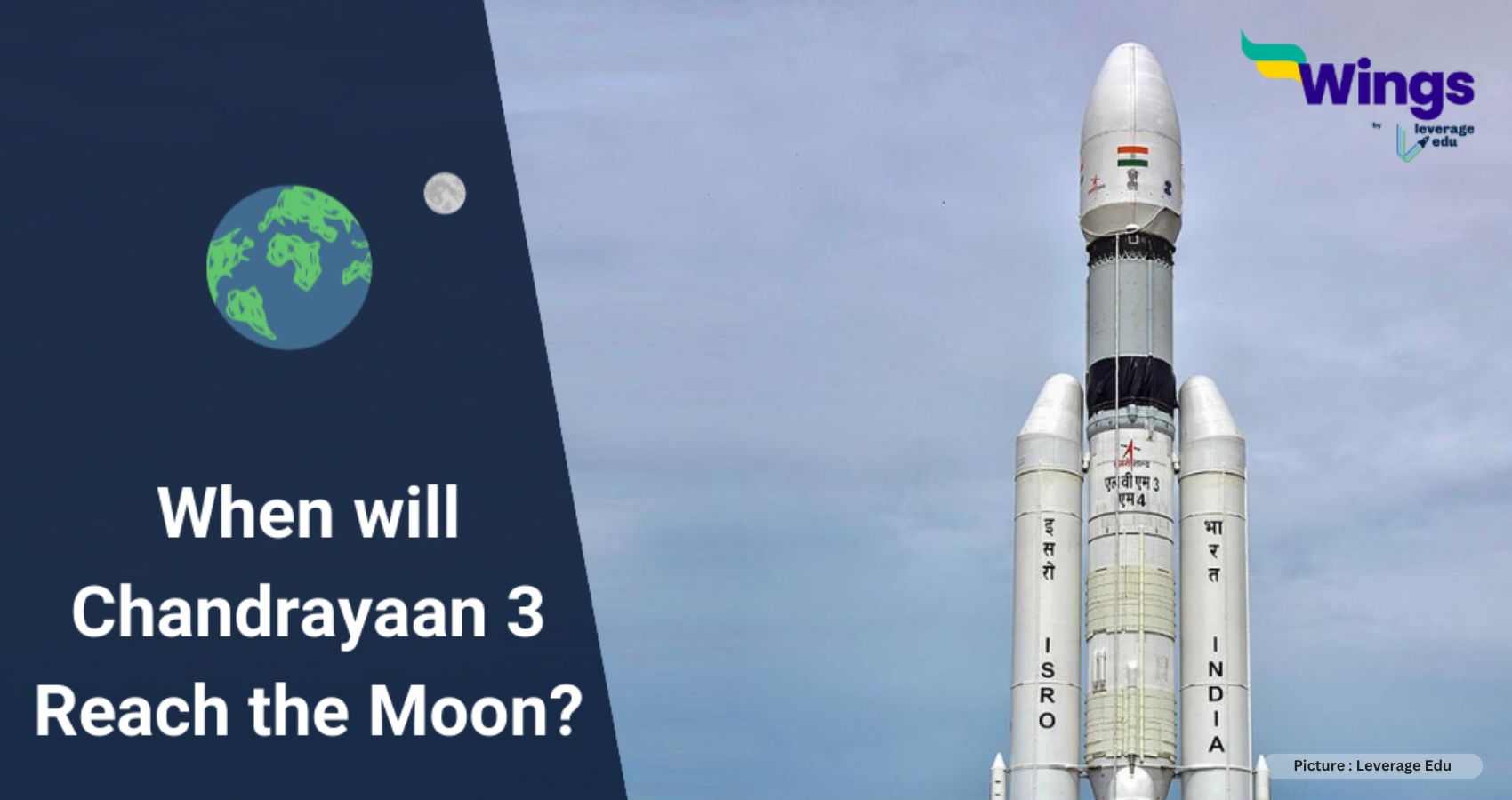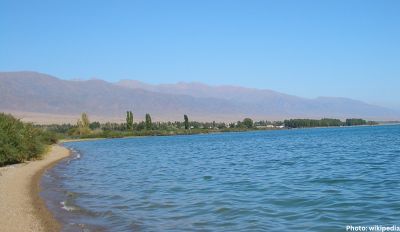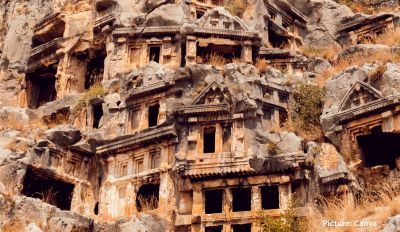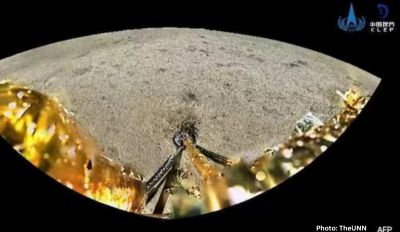In a little over 15 minutes after launch, the Chandrayaan-3 propulsion module, carrying the lander, was put into an elliptical orbit around the Earth by the Indian Space Research Organisation’s (ISRO’s) heaviest rocket — the Geosynchronous Satellite Launch Vehicle (GSLV) Mark-III.
Over the next two weeks, ISRO will conduct between five to six orbit raising maneuvers using the onboard propulsion system.
With every burn of the onboard propulsion system, the module will keep spiralling outwards in increasingly elongated ellipses.
The speed of the propulsion module will steadily increase until it reaches the escape velocity necessary to break free from Earth’s gravity, enabling it to enter a Lunar Transfer Trajectory (LTT) and set a course towards the moon.
Translunar injection, which is when Chandrayaan-3 will leave Earth orbit for the Moon, will take place on 1 August. The landing is projected to take place sometime around 23 August, over three weeks later.
Over 40 days after the launch and several orbital manoeuvres later, the lander will reach the surface of the moon and deploy the rover.
Although the travel duration may seem reasonable given the distance between the Earth and the Moon, it is important to note that previous missions have completed this journey in a shorter timeframe.
China’s Chang’e 2, launched in 2010, also took just four days covering the distance between the Earth and the Moon, and so did its follow up mission to the lunar surface, Chang’e 3.
The Soviet Union’s Luna-1, the first unmanned mission to reach close to the Moon, took just 36 hours to make the journey.
Even Apollo-11’s command module, Columbia, carrying three astronauts, reached the Moon in just a little over four days.
Why, then, is Chandrayaan-3 taking weeks to reach the cratered sphere?
The simple answer is because ISRO does not have a rocket powerful enough to put Chandrayaan-3 on a direct path to the Moon.
In the case of Apollo missions, including Apollo 11, a direct trajectory called Translunar Injection (TLI) was used. The Saturn V launch vehicle propelled the Apollo spacecraft into Earth orbit first.
From there, a powerful engine burn was executed to send the spacecraft on a trajectory directly towards the Moon. The spacecraft was directed to the LTT through a single six-minute-long burn of the Saturn rocket’s third stage, akin to a slingshot effect.
This direct path allowed the Apollo missions to reach the Moon relatively quickly, within a few days.
As explained earlier, the mission will use a series of Earth orbits and engine burns to gradually increase the spacecraft’s speed and position it for a lunar insertion.
The spacecraft will first enter an initial Earth orbit and then perform engine burns at specific times to transfer to a trajectory that intersects with the Moon’s orbit. Finally, another engine burn will be conducted to insert the spacecraft into lunar orbit.
Mission profile for Chandrayaan-3.
This multi-step approach used by the ISRO for the Chandrayaan and Mangalyaan missions requires more time but allows for the use of a relatively less powerful launch vehicles.
While the GSLV Mk-III is a capable launch vehicle, it does not have the same power and payload capacity as the Saturn V used in the Apollo missions. As a result, a more gradual trajectory was chosen to optimize the mission within the constraints of the launch vehicle.
More Manoeuvres And Some Clever Use Of Gravity
ISRO will use Earth and Moon’s gravity to workaround the constraints.
While orbiting the Earth in an elliptical orbit, the module will be at its highest speed when it passes through the point in that orbit closest to the planet. This point is called the perigee.
Exactly opposite to this point in the orbit is the apogee, where the module will be the furthest from the Earth and at its slowest speed. The speed varies across different points in the orbit due to the variation in the Earth’s gravitational pull.
The closer the module is to the Earth, the more the gravitational pull, and the greater the speed. Each time the module reaches the perigee, or the point of highest speed, the onboard engine fires, increasing its speed even more, pushing it into a higher, more elongated orbit as a result.
With every burn of the onboard propulsion system, the module will keep spiralling outwards in increasingly elongated ellipses.
Eventually, as the module continues its journey, it reaches the escape velocity necessary to break free from Earth’s gravity. At this point, the module’s orbit will elongate, allowing it to set a course towards the moon.
The entry of the Chandrayaan-3 module into the LTT is carefully timed to align with the moon’s position in its own orbit. This strategic timing ensures that the module reaches proximity to the moon’s orbit precisely when the moon is located in that region.
Once the module reaches this point, a precise manoeuvre is executed using the onboard propulsion system. This manoeuvre, known as lunar orbit insertion, is designed to reduce the module’s velocity.
The gravitational field of the moon can then pull the module into a stable lunar orbit. This successful lunar insertion completes the crucial phase of placing the spacecraft in orbit around the moon.
Having escaped Earth’s gravity and entered lunar orbit, the module will start revolving around the moon in an elliptical orbit.
A series of manoeuvres will be used to progressively lower the altitude of the module and place it in a 100 km circular orbit around the moon. It is at this point that the propulsion module will separate from the lander, which will continue its journey towards the lunar surface.
If all proceeds as planned, sometime around 23 August, Chandrayaan-3 will accomplish a groundbreaking feat as the first mission ever to successfully soft-land in the vicinity of the lunar south pole.
India has sent off its third Moon mission, expecting to be quick to land close to its little-investigated south pole.
In the event that effective, India will be just the fourth country to accomplish a delicate arriving on the Moon, after the US, the previous Soviet Association and China.
Great many individuals watched the send off from the watcher’s exhibition and pundits portrayed seeing the rocket “taking off overhead” as “lofty”. The scientists and the crowds gave the lift off a round of applause and cheers.
The BBC’s Arunoday Mukharji, who was at the send off site, said there were thunders of “Bharat Mata ki jai [Victory to mother India]” from each edge of the corridor.
In his initial remarks following the successful launch, Indian Space Research Organization (Isro) chief Sreedhara Panicker Somanath stated, “Chandrayaan-3 has begun its journey towards the Moon.” Our send off vehicle has placed the Chandrayaan on the exact circle around the Earth.” That’s what isro tweeted “the wellbeing of the shuttle is typical”.
Chandrayaan-3, according to Prime Minister Narendra Modi, “scripted a new chapter in India’s space odyssey.”
“It soars high, raising every Indian’s hopes and dreams. This pivotal accomplishment is a demonstration of our researchers’ tenacious devotion. I salute their inventiveness and spirit!” he composed on Twitter.
The third in India’s program of lunar investigation, Chandrayaan-3 is supposed to expand on the progress of its prior Moon missions.
Mylswamy Annadurai, Chandrayaan-1’s project director, described it as “the first and most detailed search for water on the lunar surface and established the Moon has an atmosphere during daytime,” 13 years after the country’s first Moon mission in 2008.
Chandrayaan-2 – which likewise contained an orbiter, a lander and a wanderer – was sent off in July 2019 however it was just to some extent fruitful. Its orbiter proceeds to circle and concentrate on the Moon even today, however the lander-wanderer neglected to make a delicate landing and crashed during score. It was a result of “a latest possible moment misfire in the stopping mechanism”, made sense of Mr Annadurai.
According to Mr. Somanath, they have carried out simulations and carefully examined the data from the most recent crash to address the issues.
Chandrayaan-3, which costs $75 million and weighs 3,900 kilograms; He added that the £58 million project has the “same goals” as its predecessor, which are to ensure a soft landing on the Moon’s surface.
The 26-kilogram rover known as Pragyaan, which is the Sanskrit word for wisdom, is carried by the lander, which is named Vikram after the founder of Isro. The lander weighs approximately 1,500 kg.
After Friday’s takeoff, the art will take around 15 to 20 days to enter the Moon’s circle. After that, over the course of the following few weeks, the scientists will begin reducing the rocket’s speed in order to get it to a point where Vikram can make a soft landing.
The six-wheeled rover will then eject and roam the rocks and craters on the Moon’s surface, collecting crucial data and images that will be sent back to Earth for analysis if everything goes according to plan.
“The wanderer is conveying five instruments which will zero in on learning about the actual attributes of the outer layer of the Moon, the environment near the surface and the structural movement to concentrate on what happens beneath the surface. I’m trusting we’ll find a novel, new thing,” Mr Somanath told Mirror Now.
The south pole of the Moon is still generally neglected – the surface region that remaining parts in shadow there is a lot bigger than that of the Moon’s north pole, and that implies there is plausible of water in regions that are for all time shadowed. Chandrayaan-1 was quick to find water on the Moon in 2008, close to the south pole.
“We have more logical interest in this spot in light of the fact that the tropical locale, which is ok for landing, has proactively been reached and a ton of information is accessible for that,” Mr Somanath said.
“If we have any desire to make a critical logical disclosure, we need to go to another area like the south pole, yet it has higher dangers of landing.”
Mr Somanath adds information from Chandrayaan-2 accident has been “gathered and broke down” and it has helped fix every one of the blunders in the most recent mission.
“The orbiter from Chandrayaan-2 has been providing a lot of very high-resolution images of the spot where we want to land. That data has been thoroughly studied so that we know how many boulders and craters are there and we have widened the domain of landing for better chances.”
The arrival, Mr Annadurai said, would need to be “totally exact” to harmonize with the beginning of a lunar day (a day on the Moon rises to 14 days on The planet) in light of the fact that the batteries of the lander and the wanderer would require daylight to have the option to charge and work.
According to the Moon mission, Mr Annadurai, was concocted in the mid 2000s as a thrilling undertaking to draw in ability during a period of the IT blast in India, as most innovation graduates needed to join the product business.
“The outcome of Chandrayaan-1 aided on that count. India’s space program has become a source of pride, and working for Isro is now regarded as extremely prestigious.
Be that as it may, the bigger objective of India’s space program, Mr Annadurai says, “incorporates science and innovation and the fate of mankind”.
There is a growing interest in the Moon from around the world, not just India. Additionally, according to scientists, the Moon, which is frequently referred to as a gateway to deep space, still has a lot to learn.
“To foster the Moon as a station, an entryway to profound space, then we really want to do a lot more investigations to see what kind of environment would we have the option to work there with the locally-accessible material and how might we convey supplies to our kin there,” Mr Annadurai says.
“Hence, the ultimate objective of India’s probes is that one day, when the Moon will become an extended continent of Earth, separated by 360,000 kilometers, we will not be a passive spectator but will have active, protected life in that continent, and we must continue to work toward that.” Furthermore, an effective Chandrayaan-3 will be a huge move toward that heading.











